Tom's Guide Verdict
For its $149 price, the De’Longhi Stilosa performs well, especially if you overlook its plastic build. While achieving perfect espresso requires practice, it can pull delicious shots and steam milk exceptionally well for its price. I highly recommend the Stilosa for beginners or those on a tight budget.
Pros
- +
Super tiny, in size and weight
- +
Almost incomprehensibly affordable
- +
Pulls great espresso, all things considered
- +
Quick heat up time
- +
Single-walled portafilters
Cons
- -
Plastic tamper is just awful
- -
Doesn’t come with milk jug
- -
Looks very plasticky
Why you can trust Tom's Guide
I’ve spent the last few days testing the De’Longhi Stilosa espresso machine, and I still can’t believe how affordable it is. What do you mean, one of the best espresso machines is literally just $149?
Yes — it’s true. The Stilosa is less than $149 (over half the price of the Breville Bambino Plus) but performs like a much pricier model. Of course the machine’s looks are a little disappointing, and I would immediately replace the plasticky tamper and the flimsy portafilter, but for just $149, I can’t really complain.
Although I’ve kind of given the surprise away (yes, this machine is worth its price tag), I’ll get into all the details below. To find out all the info, keep reading my De’Longhi Stilosa espresso machine review.
De'Longhi Stilosa review: Cheat sheet
- Who is it for? Beginners, those with compact spaces, or those on tight budgets
- What does it do well? For a cheap, compact espresso machine, it actually pulls decent shots
- What are its weaknesses? It’s cheap and it looks cheap
- Anything else to know? If I can give some advice — buy an actual tamper
De'Longhi Stilosa review: Specs
De'Longhi Stilosa review: Price & availability
The De’Longhi Stilosa has two different versions: the EC260 and the EC230. I tested the EC230 for this review, but the EC260 works almost identically. The EC260 is compatible with ESE pods (like teabags for coffee) and the EC230 is not. The other difference is the stainless steel finish (so purely aesthetic) and the width of the steam wand.
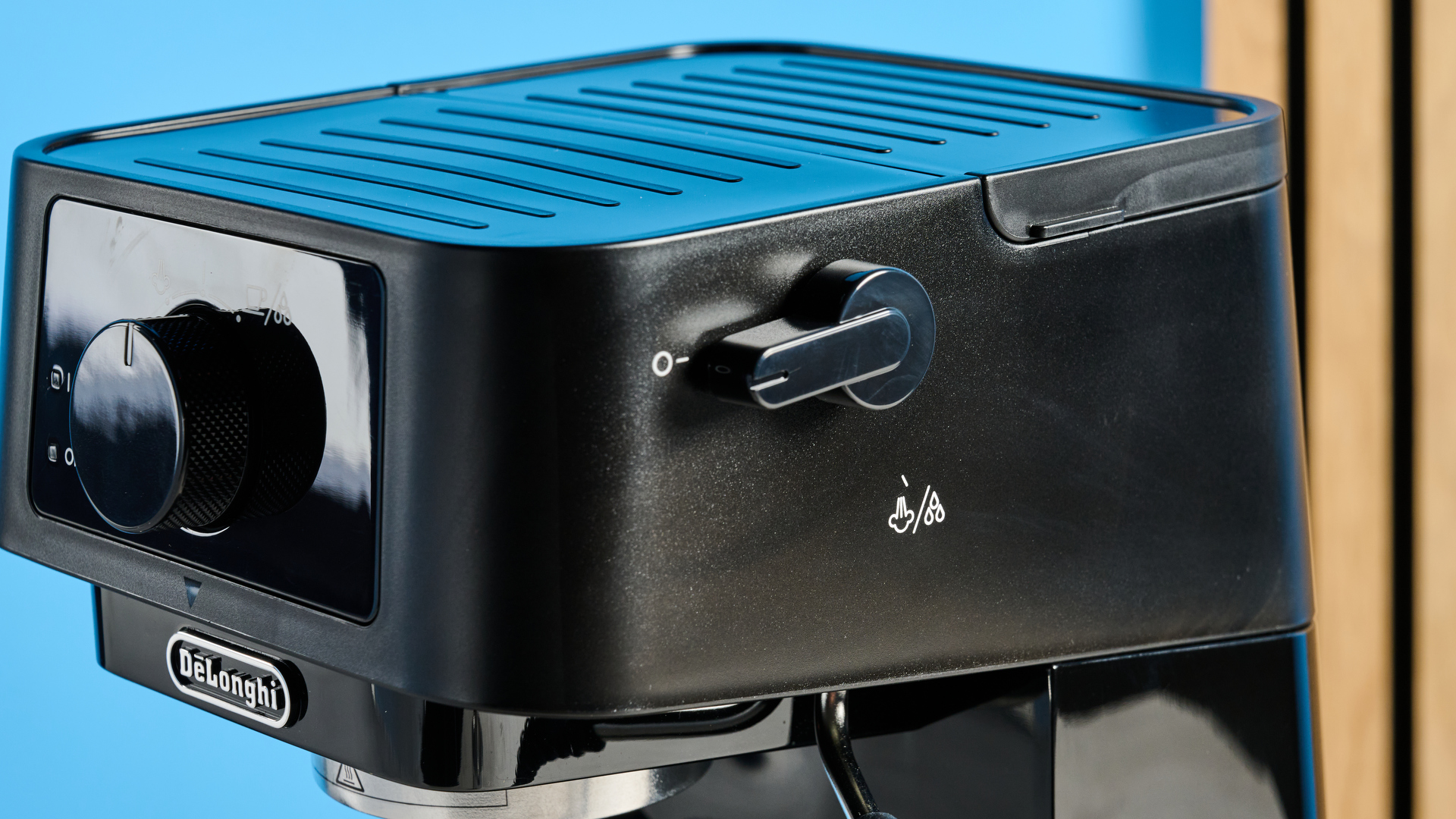
In the U.S., it’s the Stilosa EC260, available for $149 from Amazon U.S.. In the U.K., both the EC260 and the EC230 are available, for £99 from Amazon U.K. and £104 from Amazon U.K. respectively.
As I said earlier, I tested the EC230, but this review encompasses both Stilosa models.
De'Longhi Stilosa review: Design
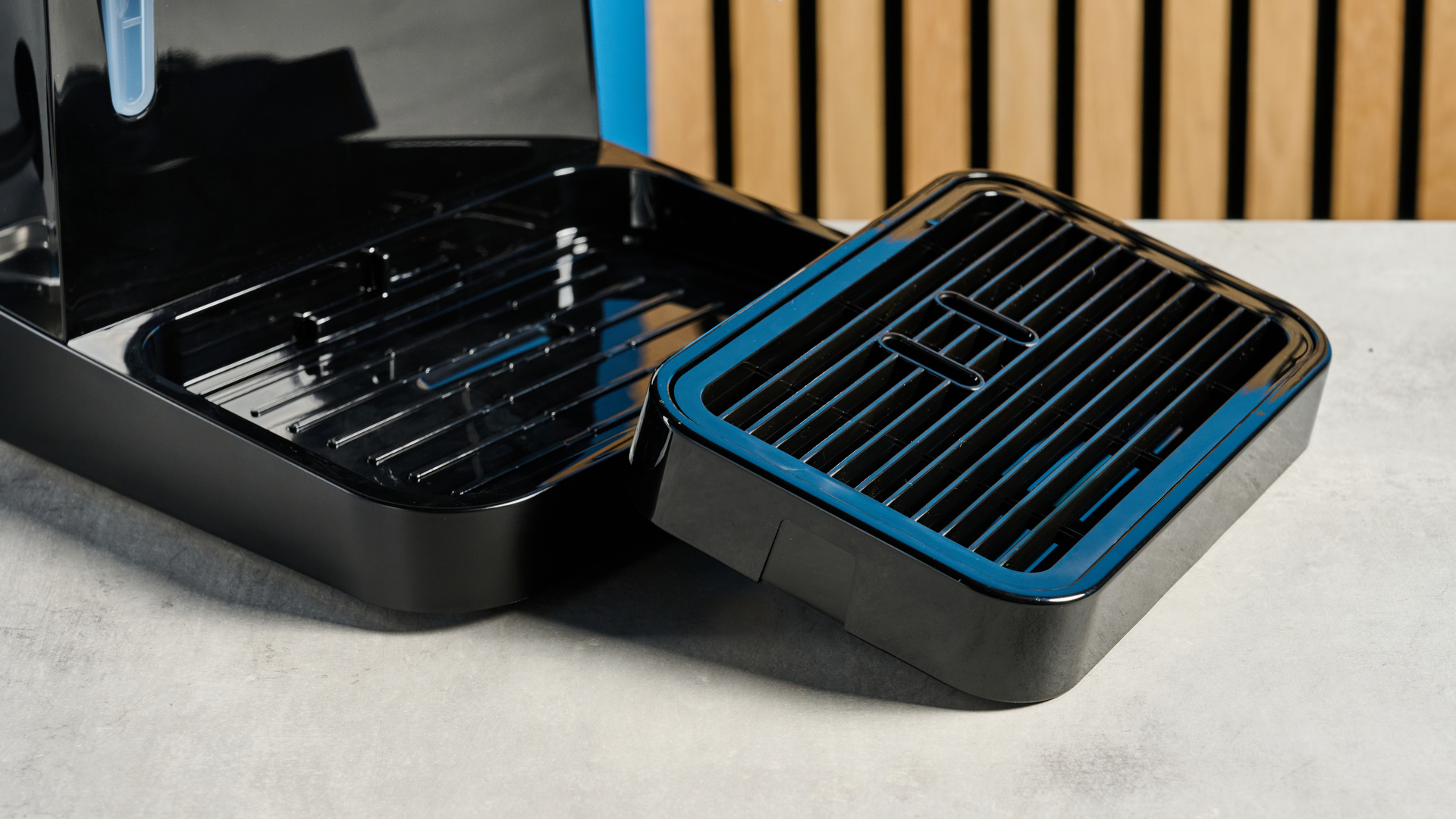
Considering this machine is just $149, it wouldn’t be fair of me to berate the plasticky design and flimsy accessories. So, I won’t — but don’t be unboxing this machine expecting it to look like the Breville Bambino Plus. It’s got an all-plastic exterior construction and flimsy group handle, but you get what you pay for. The best part of the Stilosa’s design is its super-compact size (just 8 x 11 x 12 inches) and incredibly light weight (just 2 pounds!). When I picked this machine up, I was gobsmacked by how light it was.
Get instant access to breaking news, the hottest reviews, great deals and helpful tips.
In terms of aesthetics, if you don’t mind a plastic construction, then the Stilosa is fine. However, if you want something fancier, you’ll need to spend a little more.
Don’t get me wrong — the Stilosa looks fine. I tested the black version, which looks inconspicuous on the kitchen counter. It just doesn’t look good. It looks like it costs $149.
On top of the plasticky appearance, the Stilosa has some design quirks. For starters, the plastic tamper doesn’t actually fit the 51mm portafilter. I would simply trash this (or recycle, of course) and get a 51mm metal tamper. De’Longhi sells tampers for $29 on its website.
Another quirk is the fact that the Stilosa doesn’t come with a milk jug, so you’ll need to buy one. Personally, I love Breville/Sage’s milk jugs, so I would recommend getting a Breville jug — the $24 jug on Breville’s site even has a live thermometer.
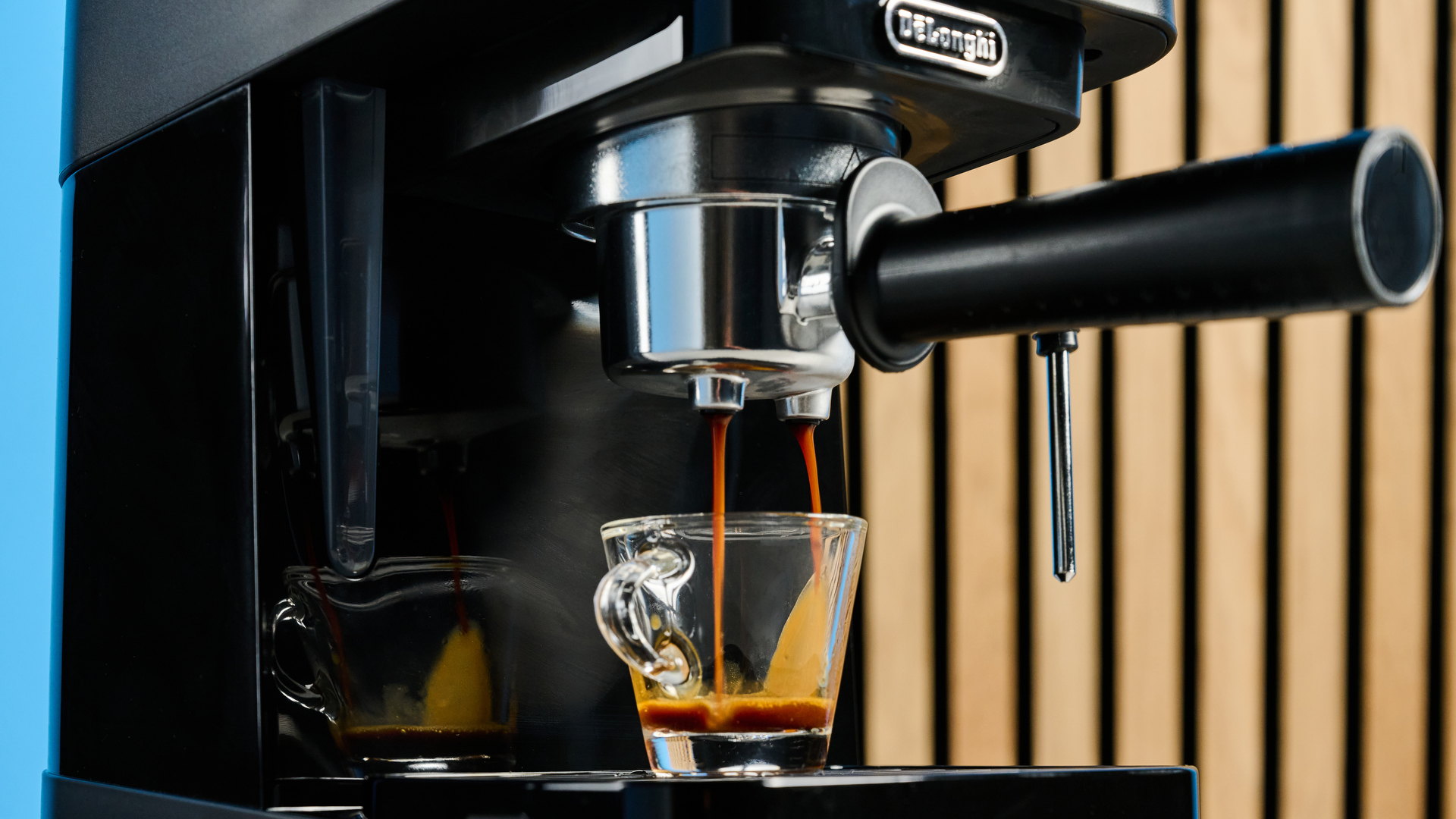
I also really dislike the group handle. It’s made from hollow plastic (or feels like that, anyway), and is very flimsy. On top of that, the portafilter falls out of the group handle when you knock out the used puck. The portafilter also slots into the group head at a specific angle, and if you move it by a tiny smidgen, it gets jammed. I would again recommend buying a separate 51mm portafilter — I’d like something like the IKAPE 51mm portafilter, which is $69 on IKAPE’s website.
However, for just $149, you can’t really expect much. As I discussed earlier, most espresso machines start from around $300. When an espresso machine is this affordable, it’s a given that some sacrifices will have been made. In the Stilosa’s case, it’s design has taken the brunt of it — the machine pulls great espresso and steams perfect milk (with practice). Even so, the Stilosa proves my point that coffee doesn't have to be an expensive hobby.
De'Longhi Stilosa review: Espresso
In all honesty, I didn’t have massively high expectations. £104 is very cheap for an espresso machine, and the overall plastic appearance (not to mention the straight-up awful plastic tamper) didn’t bode well for high-quality espresso.
However, I was happy to be proved wrong. Although the Stilosa didn’t pull shots with particularly thick crema, the espresso shots tasted delicious. For this shot pictured below, I measured out 18g of finely-ground coffee (using my Eureka Mignon Specialita) and let it extract for 25 seconds. As the Stilosa is a manual espresso machine, the user needs to control extraction time. In 25 seconds, it extracted around 50g of espresso, which is a little larger than the ideal 1:2 ratio.
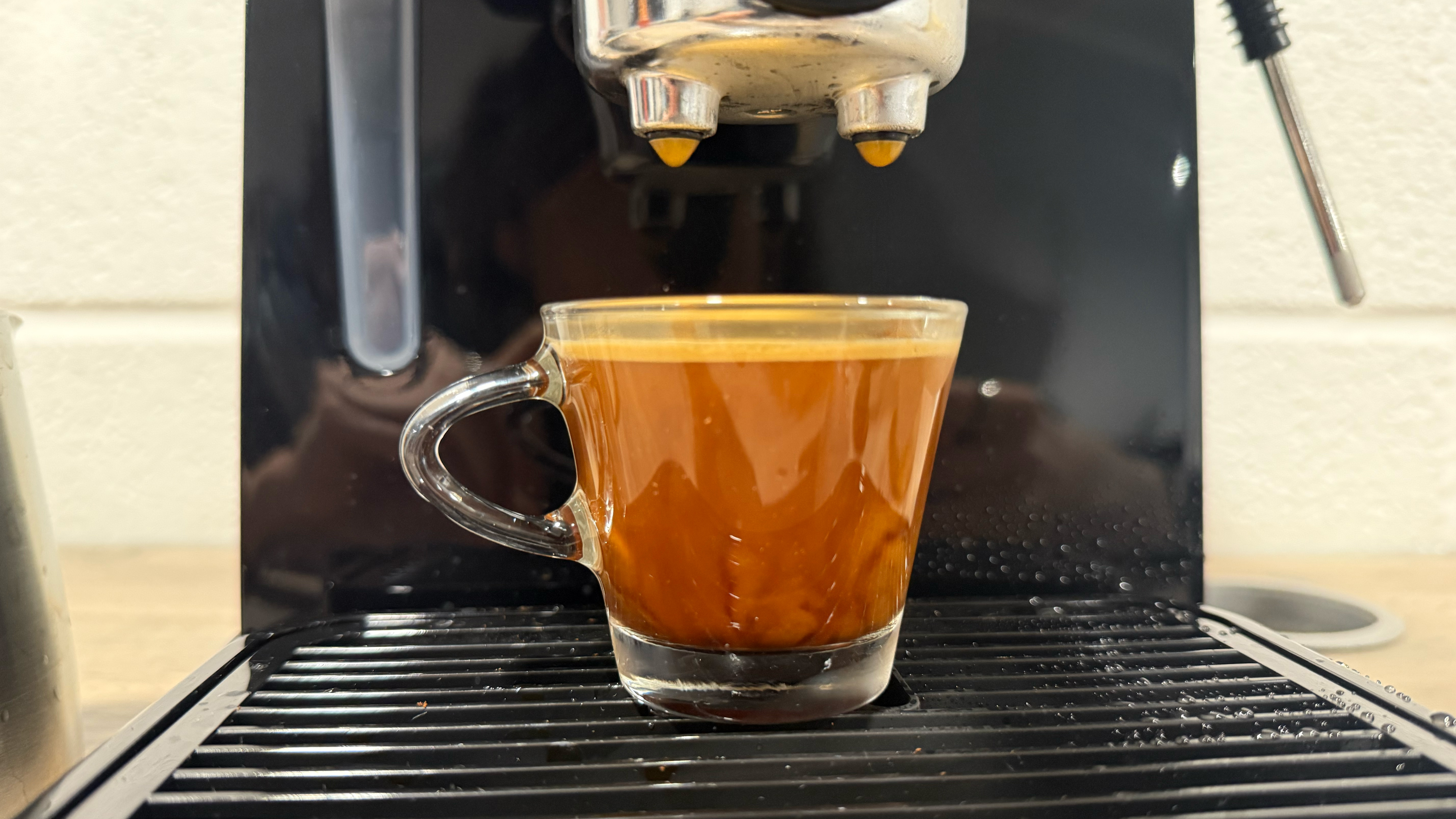
As you can see, the espresso shot is honey-colored, with a tiny dark ‘heart’ at the base of the glass. As I said above, the crema was quite thin, which impacted my ability to pour pretty latte art, but didn’t massively affect the taste of the espresso.
However, the espresso was still a little sour. Usually this means the shot is under-extracted, so I repeated with a different grinder (Comandante C40 MK4). This time, in 25 seconds the Stilosa pulled 38g of coffee.
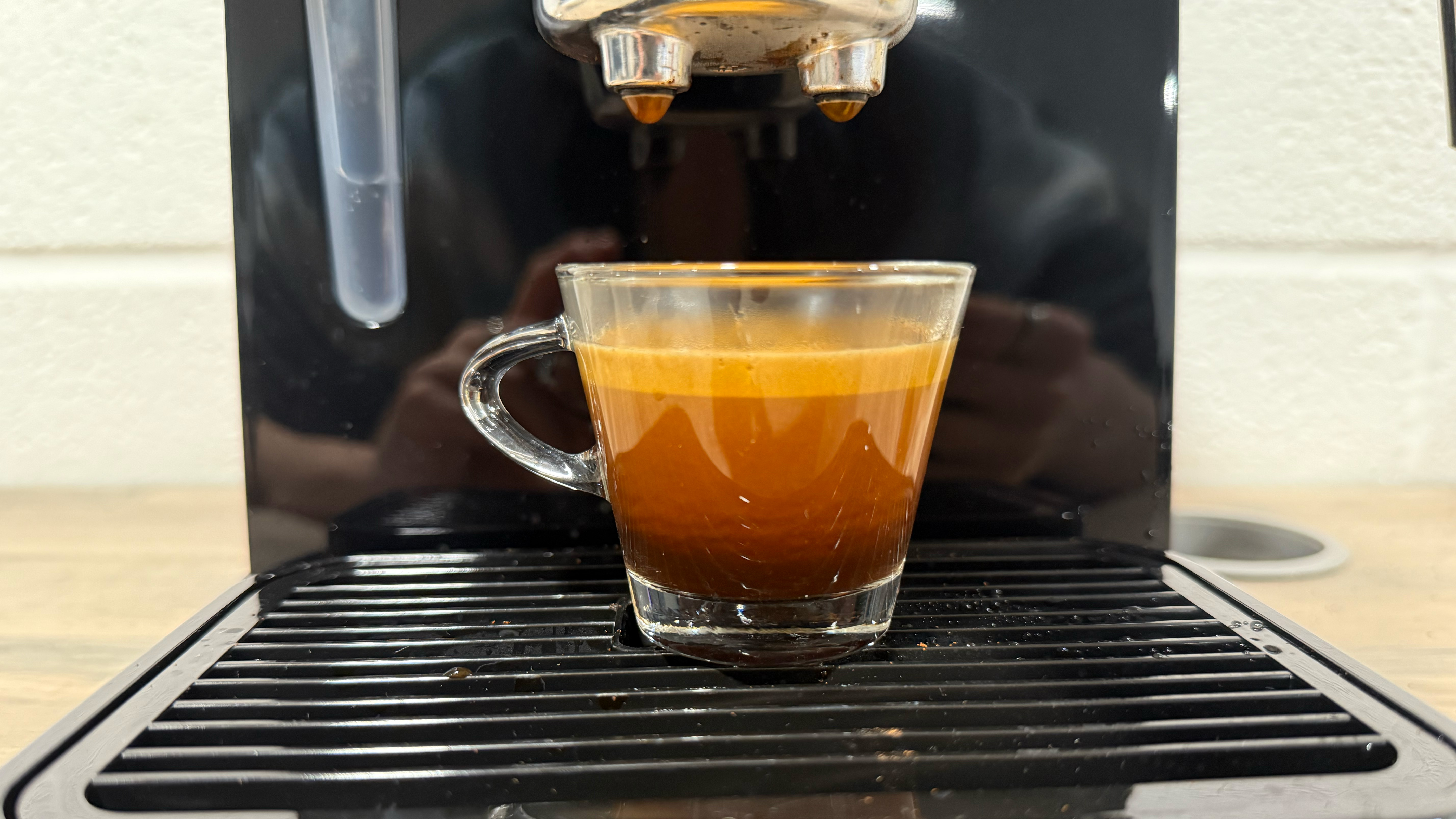
This was the best shot I pulled on the Stilosa. It was deliciously thick and creamy, with an airy crema and honey-colored body. There was no bitterness and a bright sourness (not from under-extraction).
With a bit of experimentation and dedication, there’s no reason why you can’t be pulling consistently delicious shots on the Stilosa. However, I will admit that the Stilosa needs a little more expertise to get this level of quality than the Bambino Plus — that pulls perfect espresso with no effort required.
De'Longhi Stilosa review: Milk
The Stilosa has a remarkably powerful steam wand, but this is both an attractive feature and a little annoying. On the one hand, it’s great to have such a powerful steam wand. On the other hand, it requires a little more babying than other steam wands I’ve used.
One of the best compact machines for milk frothing is the Breville Bambino Plus, as it has an auto steam wand and a manual setting. I was able to get beautiful latte art with this machine.
However, the Stilosa’s steam wand can be a touch overzealous. I found that I needed full concentration during steaming, or my milk would be too aerated and foamy. If you prefer a foamy milk, then it might be a good thing. However, if you want microfoam (like what you’d get from a cafe), then you will need to practise with the machine to reach optimal texture.
Here’s a photo of some latte art.
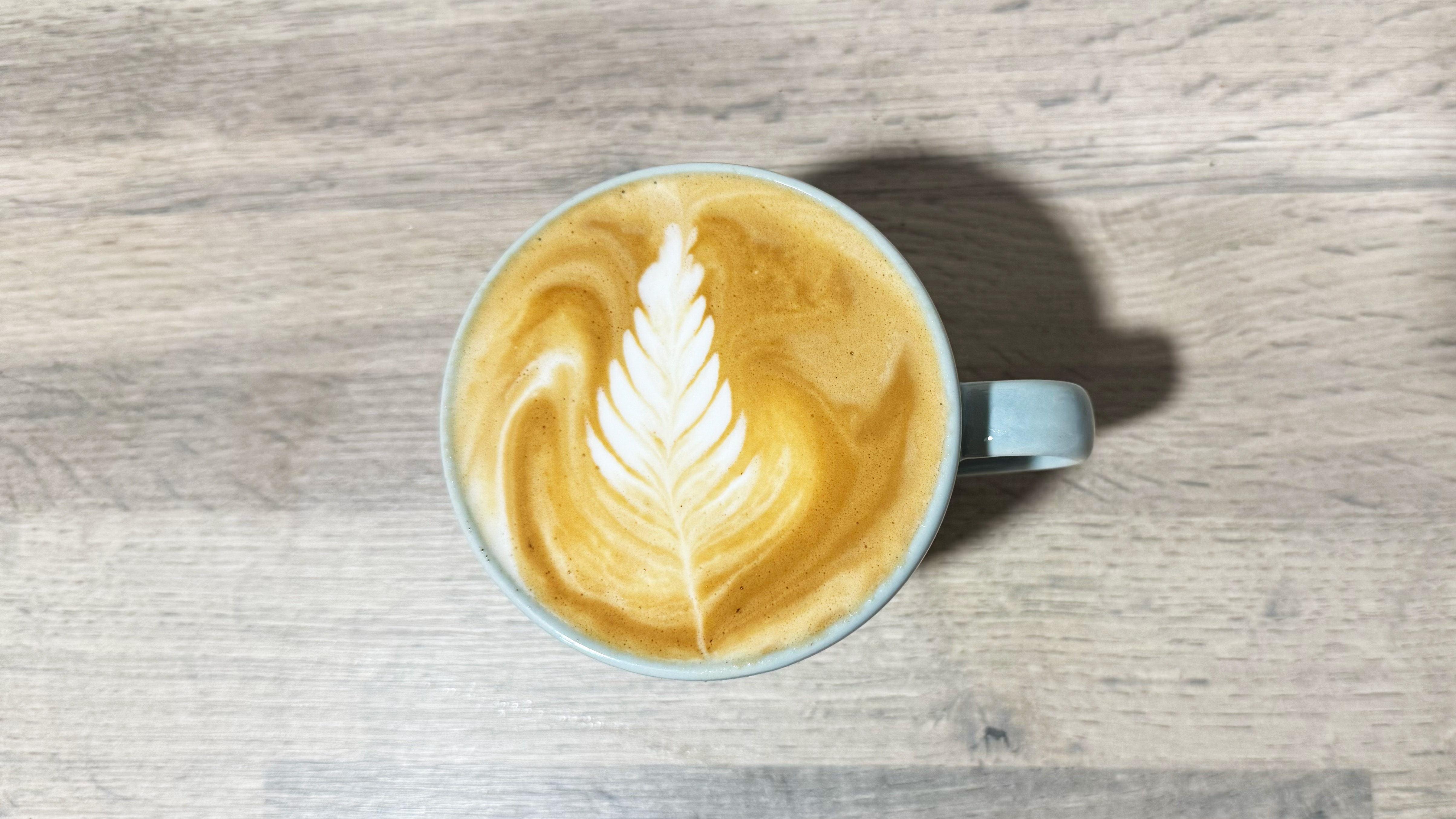
As you can see, the milk is a little frothy, and that’s with my full concentration. Some of the best latte art I’ve ever done was with the Smeg Mini Pro (EMC02) machine — but that’s $1,499, so of course it’s going to be amazing. In terms of budget machines, your best bet is the aforementioned Breville Bambino Plus. But if $149 is your max? The Stilosa will still work a treat.
De'Longhi Stilosa review: How does it compare?
In terms of price, there’s very little comparison. The Stilosa is, undeniably, one of the cheapest espresso machines on the market.
If you want proper espresso for very little money, then there’s nothing else for you: the Stilosa is your machine.
However, if the budget can stretch a little further, there are a few more options. The Breville Bambino Plus I’ve mentioned throughout is an excellent compact espresso machine — I can confidently say that’s one of the best (if not the best) beginner-friendly espresso machines on the market. However, it is $499 (often on sale for $399), so I understand it’s considerably pricier than the Stilosa.
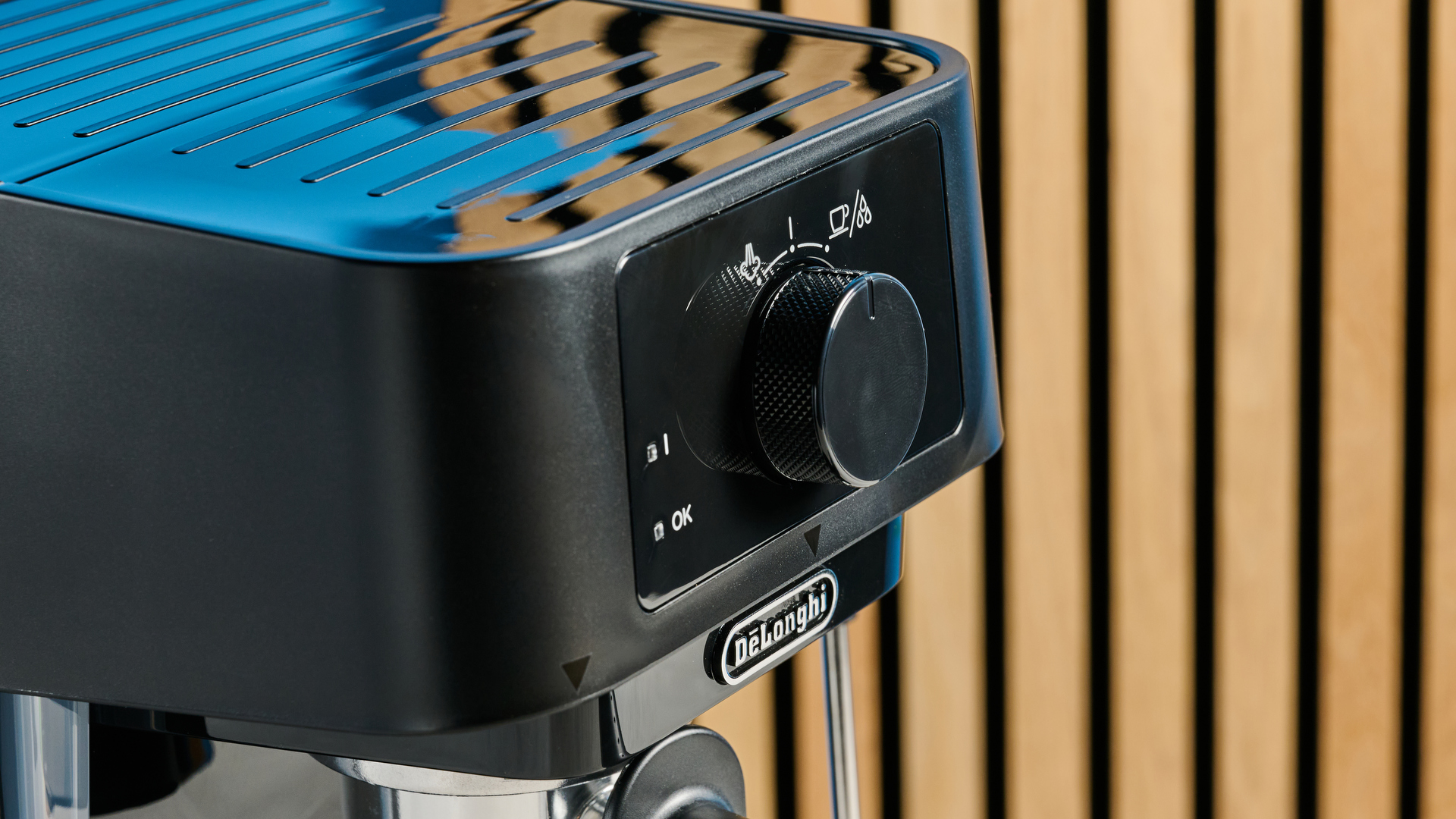
De’Longhi also makes the brand-new (as of June 2025) Dedica Duo, Dedica Arte, and the Dedica Maestro, $299, $299, and $499 respectively. The Duo can make cold brew, so if you’re an iced beverage fanatic, it could be worth the extra spend.
With the aforementioned fixes (buying a different group head, a milk jug, and tamper), there’s nothing comparable at this price point.
De'Longhi Stilosa review: Verdict
Considering its incredibly low price of $149, the De’Longhi Stilosa espresso machine performs exceptionally well. If you can get over its all-plastic construction and flimsy accessories (or replace them entirely), then there’s nothing better at this price point.
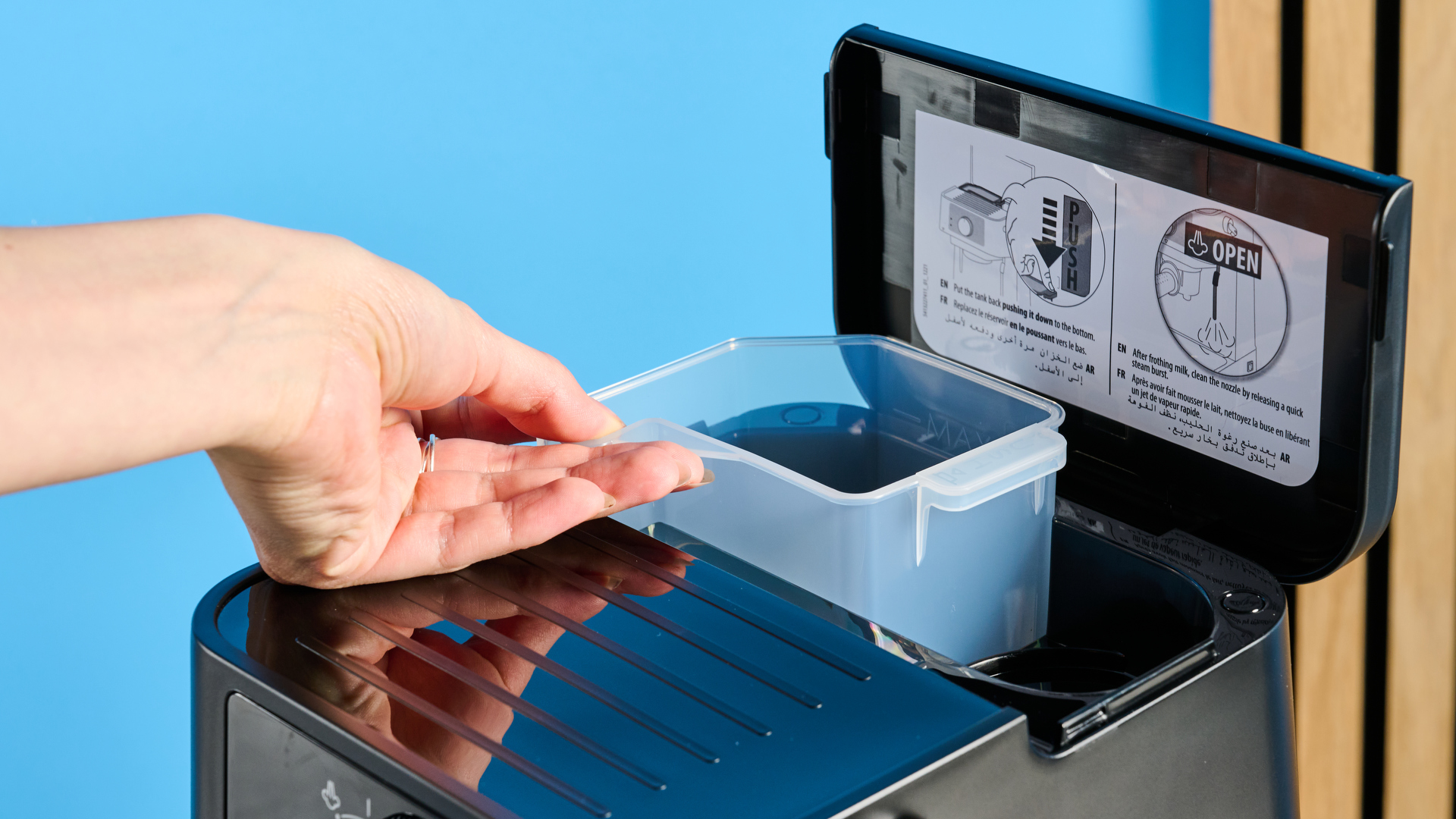
Sure, it requires some fiddling to get ‘perfect’ espresso, but isn’t that true of anything? Once you’ve got the routine down pat, there’s no reason why the Stilosa won’t be brewing delicious creamy espresso and steaming microfoamed, soft milk.
For beginners or those on super-restrictive budgets, I recommend the Stilosa wholeheartedly. If you want something just a touch above, then the Breville Bambino Plus is your best bet. However, for just $150? The De’Longhi Stilosa is a machine and a half.
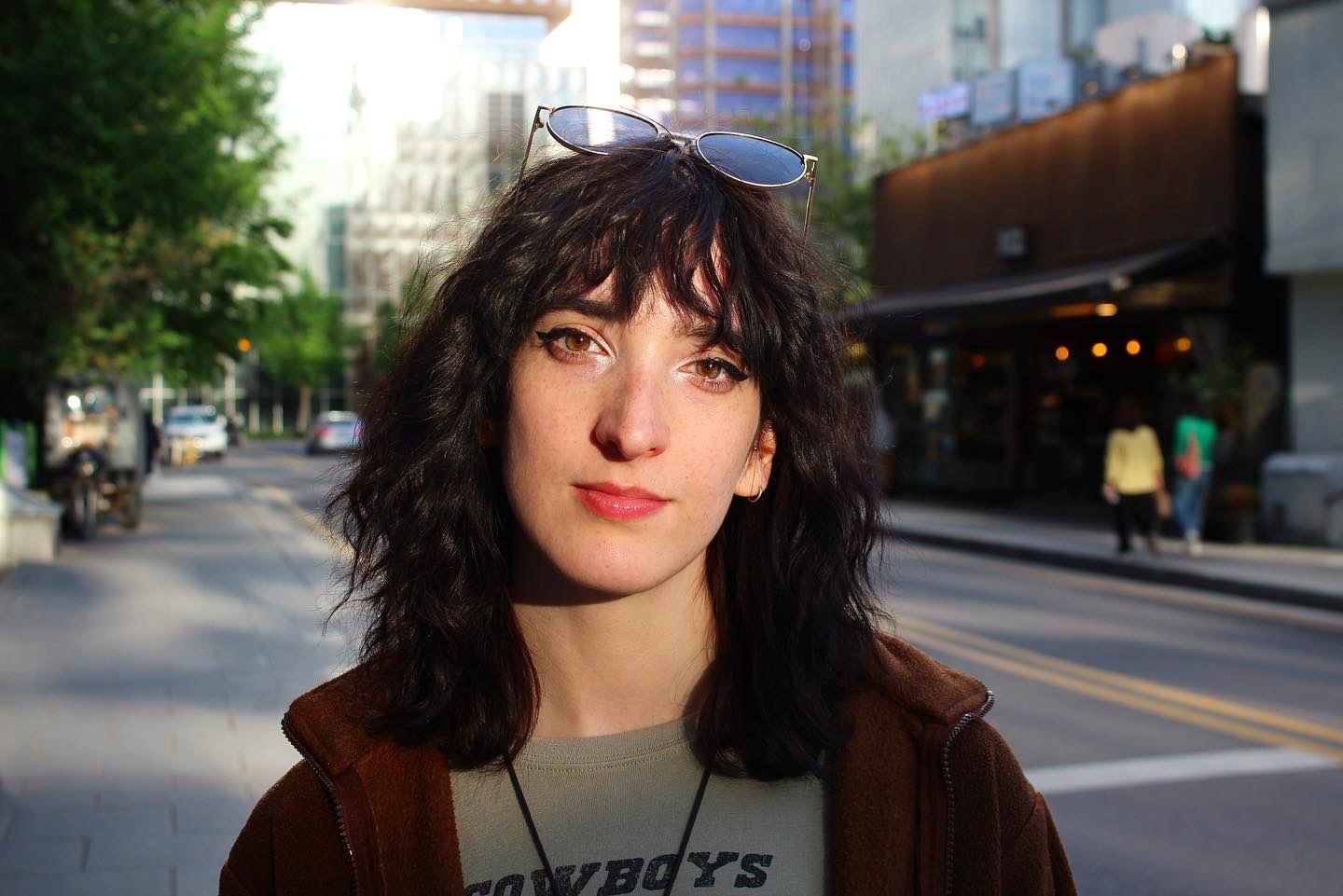
Erin Bashford is a senior writer at Tom's Guide, focusing on reviews. She has a Masters in Broadcast and Digital Journalism from the University of East Anglia. As an ex-barista, she knows her way around a coffee machine, and as a music lover, she's constantly chipping away at her dream of having a multi-room home sound system. In her spare time you can find her reading, practising yoga, writing, or stressing over today’s NYT Games.
You must confirm your public display name before commenting
Please logout and then login again, you will then be prompted to enter your display name.

